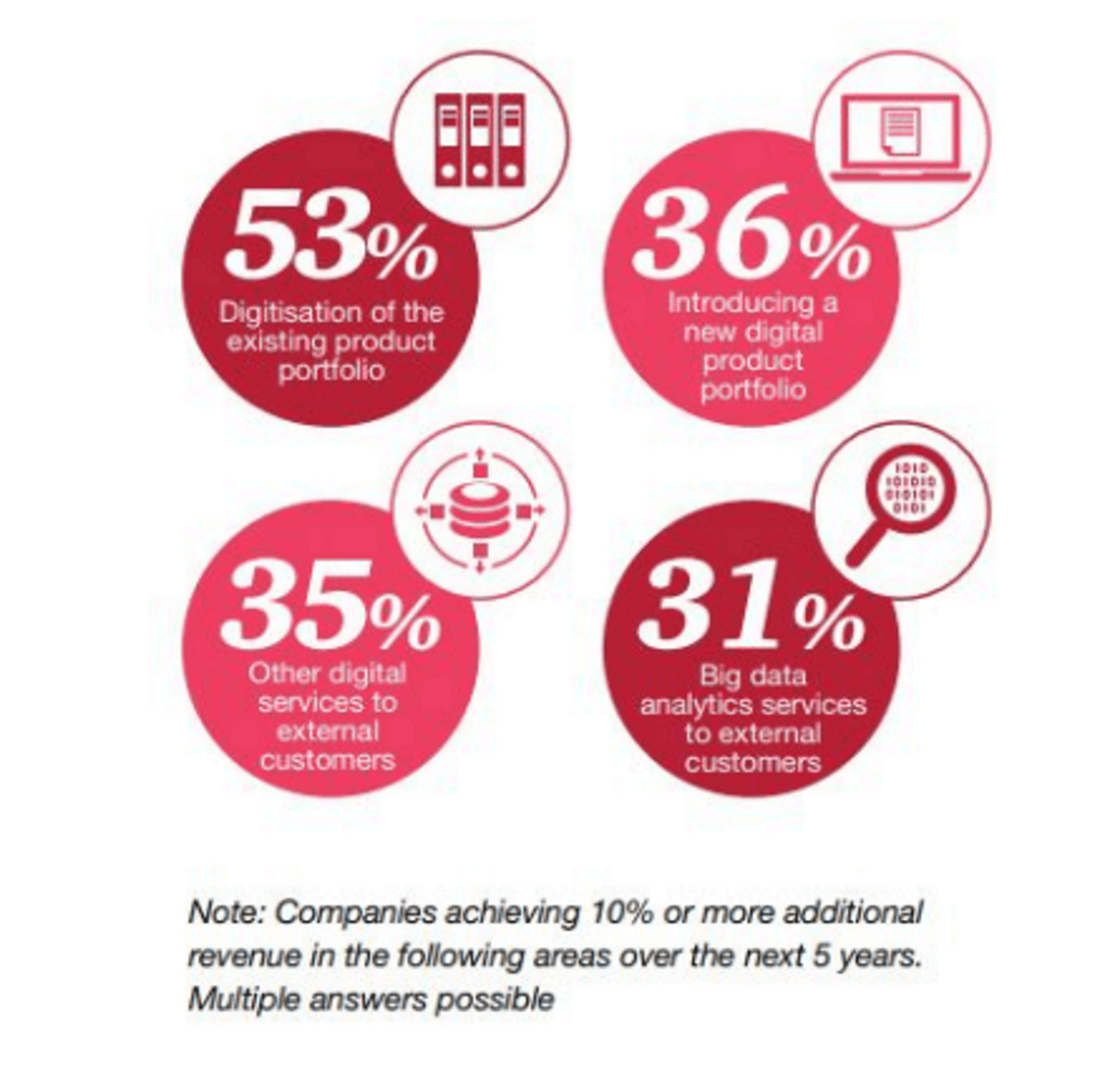- In October 2016, Otto made its first delivery of beer between Fort Collins and Colorado Springs, CO, in a self-driving vehicle. (Otto is the independent trucking arm of Uber)
- In November 2016, Convoy inked a shipping deal with Unilever to manage a large portion of Unilever’s consumer goods market for North America. Convoy’s software matches deliveries coming into an area with the availability of tractor-trailers from smaller local providers to maximize scheduling efficiency and minimize shipment downtime.
- In December 2016, the first drone delivery by Amazon landed on the doorstep of one lucky English customer. Within 30 minutes of placing the order.
What do those three stories have in common? They show that less than 18 months ago, viable new technology was introduced into the transportation industry that can fundamentally change the face of business.
Why is this still important now, 18 months later?
The transportation industry is one of the oldest industries in North America. And we’re proud of that history. Our first modes of transportation were by waterway and wagon train. The first canals were built in the 1770s and the first toll road came in 1794. That was followed by railroads in the early 1800s, and the first pneumatic subway in New York in the 1870s. Over the next 200 years, we added trolleys, buses, trucks, planes, sea freight vessels and more to our transportation options, ensuring the healthy trade of goods across North America and around the world.
It was life changing. And we’ve gotten better at it. We refined the art of transporting goods. But one of the challenges of being good at something is that we get comfortable. And we rely on processes as they’ve always been, because they work.
But as new technology continues to enter the marketplace, are your processes really working for you?
According to a recent PwC study, only 28% of the transportation industry can claim a high rate of adoption of digitization today. That’s a startlingly low number for an industry that has the capabilities of real-time tracking and tracing of goods, paperless workflow, collaborative load and route planning, warehouse robotics and even blockchain technology for trade financing.
Why is this number so low? In that same survey, 50% claim it’s company culture. Perhaps not surprising for an industry with such a rich and impactful history. The next highest concern is the cost to implement new processes and technology.
But it’s worth the effort to overcome the cultural malaise and make the financial investment. Consider these factors when looking at your next modernization investment:
- Cost management. The longer a company waits to become competitive through technology, the harder - and more expensive - it becomes. You reach the tipping point where you aren’t upgrading your current technology, but ripping and replacing entire systems. The cost of doing nothing actually costs you more by eating into your already thin margins. Don’t wait until the new technology costs decrease but the cost of replacing your systems - not just in technology and process but also in operational and cash flow disruption - increase.
- Competition. While currently it seems the majority of competitors in the transportation space are not making any major moves, the biggest risk is not from your traditional competitors, but from the new technology companies moving into the transportation market. They aren’t only solving old challenges with new technology, but they’re solving new problems that old companies didn’t know they had. They’re nimble. They’re fast. And they’re doing it with all the gee-whiz sex appeal of drones and self-driving cars.
- Customer experience. According to a Walker study, by 2020 customer experience will overtake price and product as a brand differentiator. You will lose customers if they can have a better experience with your competitor. The technology exists today to ensure that your customers have a seamless, intuitive experience when working with your business. You can offer mobile applications for operations and service management. You can offer automated billing and payment processes as well as online claims and dispute management. You might be doing some of these things but are you looking at your business’ overall customer experience and ensuring you have a strategic plan that engages your customer throughout their lifecycle with your business?
- Revenue growth. For transportation and logistics companies planning on expanding the digitization of their business, they are projecting new revenue streams as well as growth by digitizing existing products. The following projections are from the PwC study.

Given where many traditional transportation companies stand today - highly competitive market with growing competition from new technology companies, slim margins impacting cost management strategies - it’s no wonder those businesses who are investing in digitizing their environments are looking for new revenue streams.
The real challenge facing logistics and transportation companies, as the data shows, isn’t so much in the cost, the implementation or the potential disruption of business. It’s in the culture. The longer a business waits to transform it’s staunchly proud historical perspective into a staunchly proud digitization initiative, the harder change will become. Getting buy in across the organization is a long-term, programmatic process - consider how you want to shift your company’s perspective around digitization, map that against your overall strategy for implementing your digitization plan, and offer consistency in the delivery of both your message and your projects.
Planes, trains and automobiles now include drones, maglev trains and autonomous vehicles.
Are you ready?

